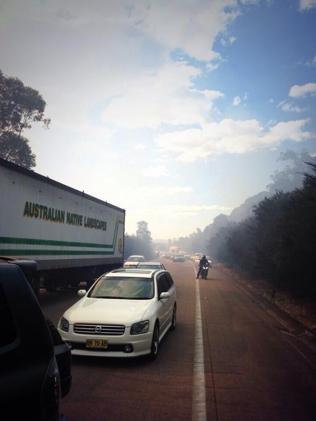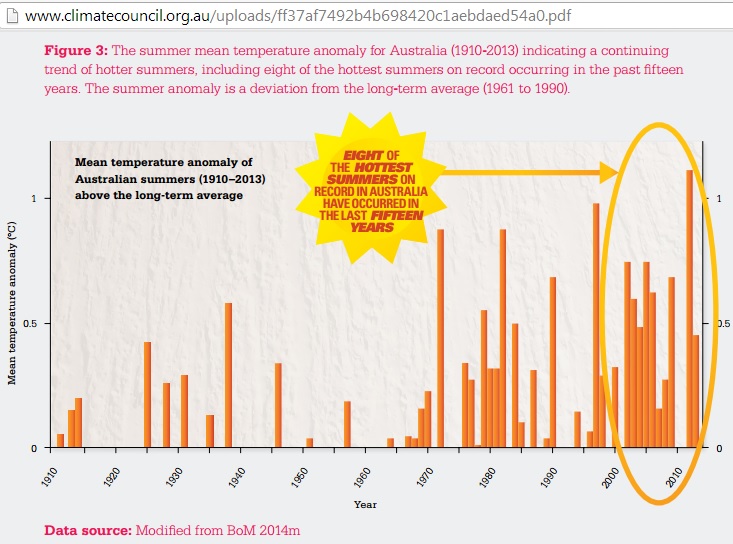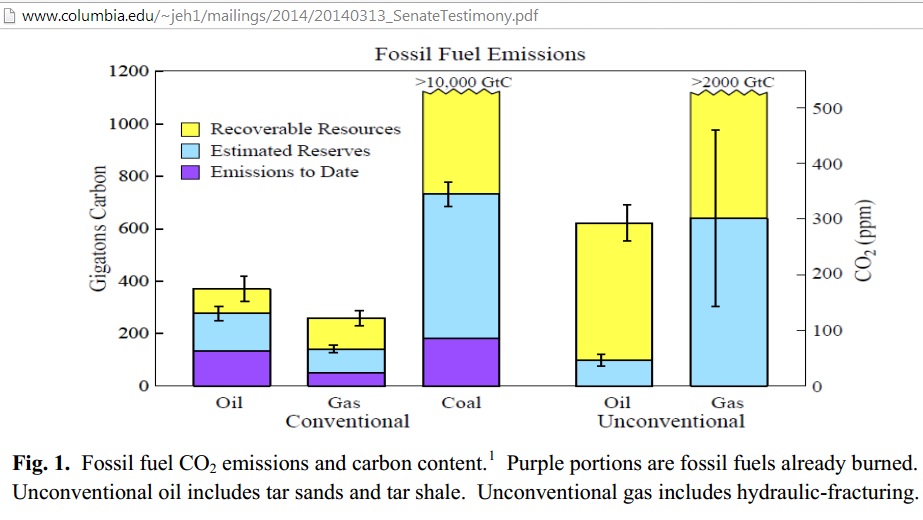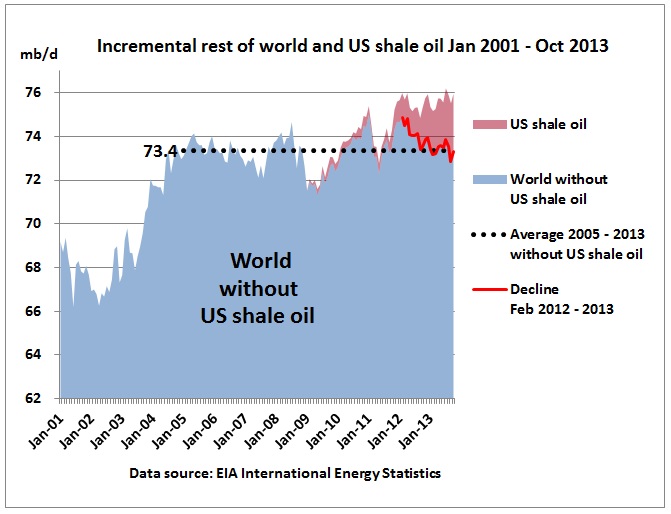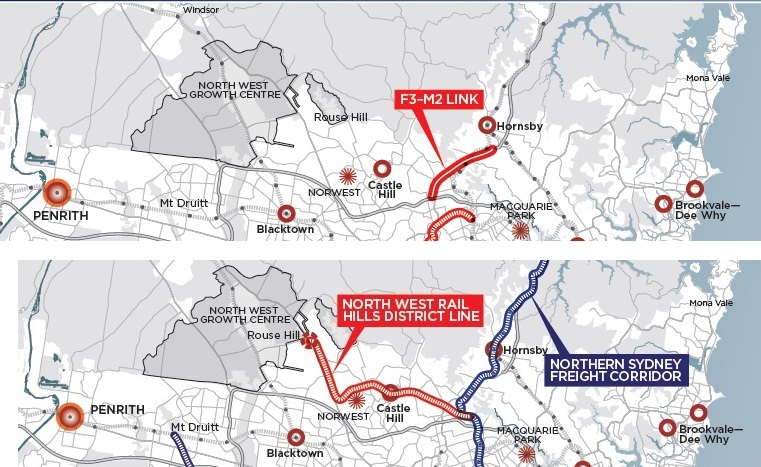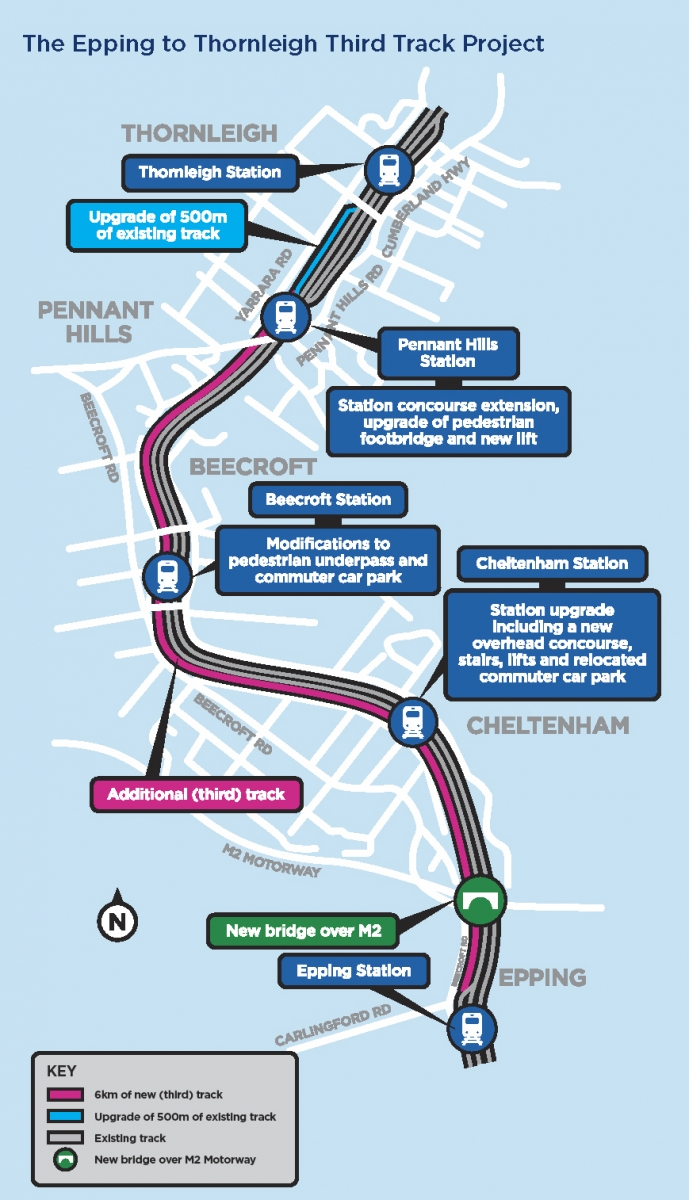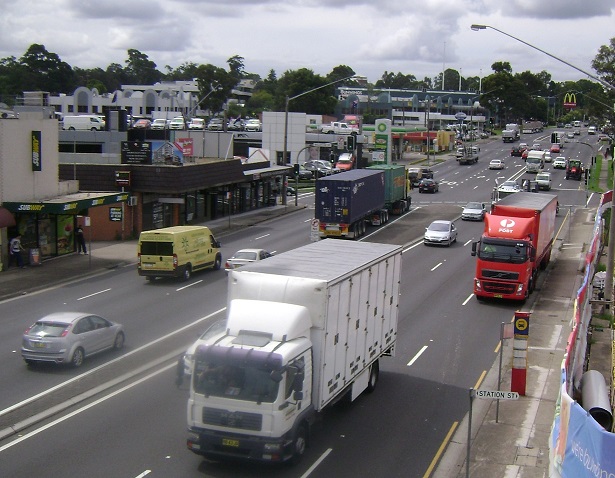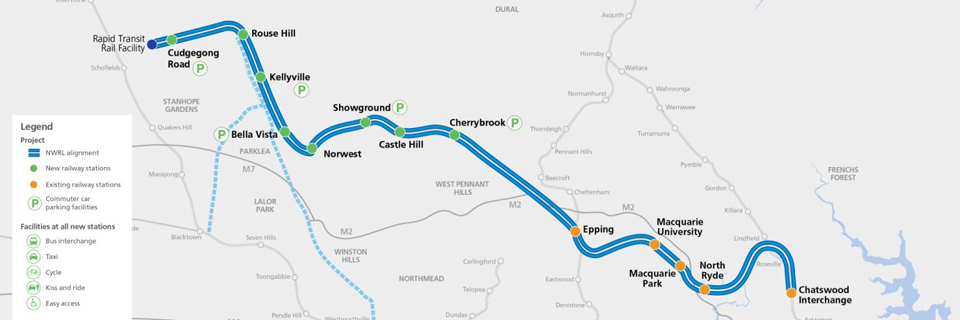In parts 1 and 2 of this series of articles on the proposed NorthConnex road tunnel we found that project related documents fail to deal with oil supply constraints and that benefit cost ratios are likely to be low. Part3 will cover global warming issues and the alternative rail freight solution currently under construction.
(7) Global warming and CO2
Planners think that carbon based road traffic will continue for decades to come. That is an untested assumption. The F3/M1, which feeds traffic into the planned road tunnel, is running through bush-fire prone areas North of Sydney. The scenes we have seen in past hot summers will become more frequent. This will impact on traffic and also on the performance of the tunnel ventilation systems.
Traffic comes to a standstill as the fire closes the M1 (formerly the F3)
Wyee Fire Closes M1 Pacific Motorway Yesterday (F3 Freeway)
12/9/2013
The Channel Nine helicopter captured scenes of panicked drivers as they used U-Turn bays to get away from the inferno. Large trucks who could no longer proceed began reversing down the Motorway back to the Doyalson Interchange to continue their journey and some cars continued driving through the smoke cloud risking their safety.
http://m1traffic.com.au/2013/09/2nd-bushfire-at-wyee-closes-m1-pacific-mwy-f3-freeway-today/
A month later:
25/10/2013
Prime Minister Tony Abbott has further entrenched his position on climate change and the bush-fires that have afflicted NSW, describing the link between the two as “complete hogwash.”
http://reneweconomy.com.au/2013/tony-abbott-says-climate-link-to-bush-fires-is-complete-hogwash-99506
The facts are clear:
http://www.climatecouncil.org.au/uploads/ff37af7492b4b698420c1aebdaed54a0.pdf
And this is the temperature record from the Australian Bureau of Meteorology for Sydney:
Even blind Freddy can see a long-term trend of warming.
NASA climatologist James Hansen:
15/4/2013
One implication is that if we should “succeed” in digging up and burning all fossil fuels, some parts of the planet would become literally uninhabitable, with some time in the year having wet bulb temperature exceeding 35°C. At such temperatures, for reasons of physiology and physics, humans cannot survive, because even under ideal conditions of rest and ventilation, it is physically impossible for the environment to carry away the 100 W of metabolic heat that a human body generates when it is at rest. Thus even a person lying quietly naked in hurricane force winds would be unable to survive. Temperatures even several degrees below this extreme limit would be sufficient to make a region practically uninhabitable for living and working.
http://www.columbia.edu/~jeh1/mailings/2013/20130415_Exaggerations.pdf
In his latest testimony to the US Senate James Hansen writes:
Science has exposed the fact that we cannot burn all fossil fuels without enormous growing costs that would be borne most heavily by young people. So far we have burned about 380 GtC (gigatons of carbon), the purple areas in Fig. 1. Preserving creation, a planet that continues to look like the one civilization developed on, requires that we limit total fossil fuel emissions to something close to 500 GtC.
The exact limit is debatable, but there is no scientific debate about the fact that we cannot burn all of the fossil fuels without unacceptable destruction of life and property. That means we must phase out coal emissions and leave most of the unconventional fossil fuels, including tar sands, in the ground
http://www.columbia.edu/~jeh1/mailings/2014/20140313_SenateTestimony.pdf
So what does this mean for using oil? The remaining total fossil fuel balance is 500 GtC – 380 GtC = 120 GtC = 440 GtCO2. The Stockholm Environment Institute has been using a similar figure and an earlier post on this website translated this into a climate saving oil use curve:
The scenario marked red would see planet Earth back to 350 ppm by 2100.
Interglacial periods under natural climate change had 280-300 ppm
The carbon budget for burning oil in the period 2000-2050 to keep global warming to 2 degrees is 280 Gt CO2. In the first 12 years of that period, the world has already used up half of that budget. Oil use would need to decrease by 6% pa after 2012 and later to 9% pa to fulfil the carbon budget boundary condition. At present, we are far from such a decrease.
The end result of US shale oil – sitting on top of zero growth rest-of-world crude oil – is more CO2 in the atmosphere. This means more dramatic decreases will be needed later and/or coal must be phased out faster so that oil can use part of the CO2 budget from coal. There is not a single infrastructure department in Australia which has done such calculations in order to design infrastructure projects which now span the period up to 2050.
Nature’s response to our CO2 emissions is swift:
No way home … the Ku-ring-gai fire closed the F3.
http://www.smh.com.au/news/national/fire-sparks-commuter-nightmare/2007/01/21/1169330767462.html
(8) Conflicts with rail projects under construction
One solution to the problem of peak oil and global warming is energy efficient rail.
The map shows the proposed road tunnel which is in partial competition to rail projects currently under construction. The F3-M2 link connects Sydney’s North-West and West with the Central Coast. The North West Rail Link provides services for Central Coast passengers via Epping. The Northern Sydney Freight corridor improves access to the metropolitan freight network.
(8.1) 3rd rail track on Northern line
The NSW government is currently building a 3rd rail track Epping – Thornleigh practically parallel to the road tunnel, designed to accommodate freight trains with the objective to get trucks off roads.
Construction work on 3rd track on Northern line, South of Cheltenham station in March 2014
The increased capacity from the program will allow the equivalent of an additional 200,000 heavy vehicle movements to be carried by rail each year within 15 years of project completion.
http://www.transport.nsw.gov.au/Projects-Northern-Sydney-Freight-Corridor-Program/epping-thornleigh-third-track
That would be 550 trucks per day or just a tenth of those 5,000 trucks supposed to use the road tunnel. Of course, rail planners – just like their RMS counterparts – did not analyse oil supplies for the period of the next 15 years, i.e.2028. The evolving oil crisis will mean less trucks on the road.
Bottleneck Northern rail line at Pennant Hills station. Another freight train is waiting on the Thornleigh loop. Actually, the whole line from Strathfield to Hornsby needs to be quadruplicated instead of wasting money for a road tunnel.
Location of rail line and Pennant Hills Rd at Thornleigh
Long-distance trucks on the Pennant Hills Rd should be moved by rail
Picture taken from pedestrian bridge (see google map) at Thornleigh, 25/3/2014, 2 pm
In any case, the road tunnel will negatively impact on the 3rd track project.
Intermodal train in Switzerland
Videos:
Intermodal train loading https://www.youtube.com/watch?v=zhCsnnw4Irg
Hupac https://www.youtube.com/watch?v=VBxg-GJEEBA
Cargobeamer https://www.youtube.com/watch?v=BTef4ALfe6E&list=UUZl6MKnMdjO2xmh31kEzhrg
(8.2) North West Rail Link
http://nwrail.transport.nsw.gov.au/
Both the M2 (widening completed) and the F3-M2 link are in competition to the North West Rail Link from Epping to Rouse Hill. The objectives of the NSW government are contradictory. Clearly, there is no overarching, consistent plan to REPLACE oil dependent car and truck traffic.
Conclusion
Without US shale oil, the world would be in a deep oil crisis which would have precluded any new road tunnel or toll-way project. Due to high depletion rates (e.g. in Bakken 60 kb/d against 80 kb/d new wells per month) US shale oil will peak sometime in this decade which will reveal the stagnating and later declining oil supply trends in the rest of the world. So the drama evolving now is that new oil dependent road tunnels and toll-ways are being planned which later will yield low returns for their investors.
In case of a Chinese debt crash things will get very complicated. A repetition of the 2008/2009 financial crisis followed by much lower oil prices will almost immediately stop new high cost shale oil development meaning US crude and condensate production would slide down rapidly. As in a Chinese crash scenario the AUD will come down – which would increase the cost of imported crude and fuels – it is not clear whether Australia would benefit from lower global oil prices. This shows that Australia has already maneuvered itself into a highly oil vulnerable catch 22 situation.
Under no scenario will there be a good outcome for new road tunnels and toll-ways.
